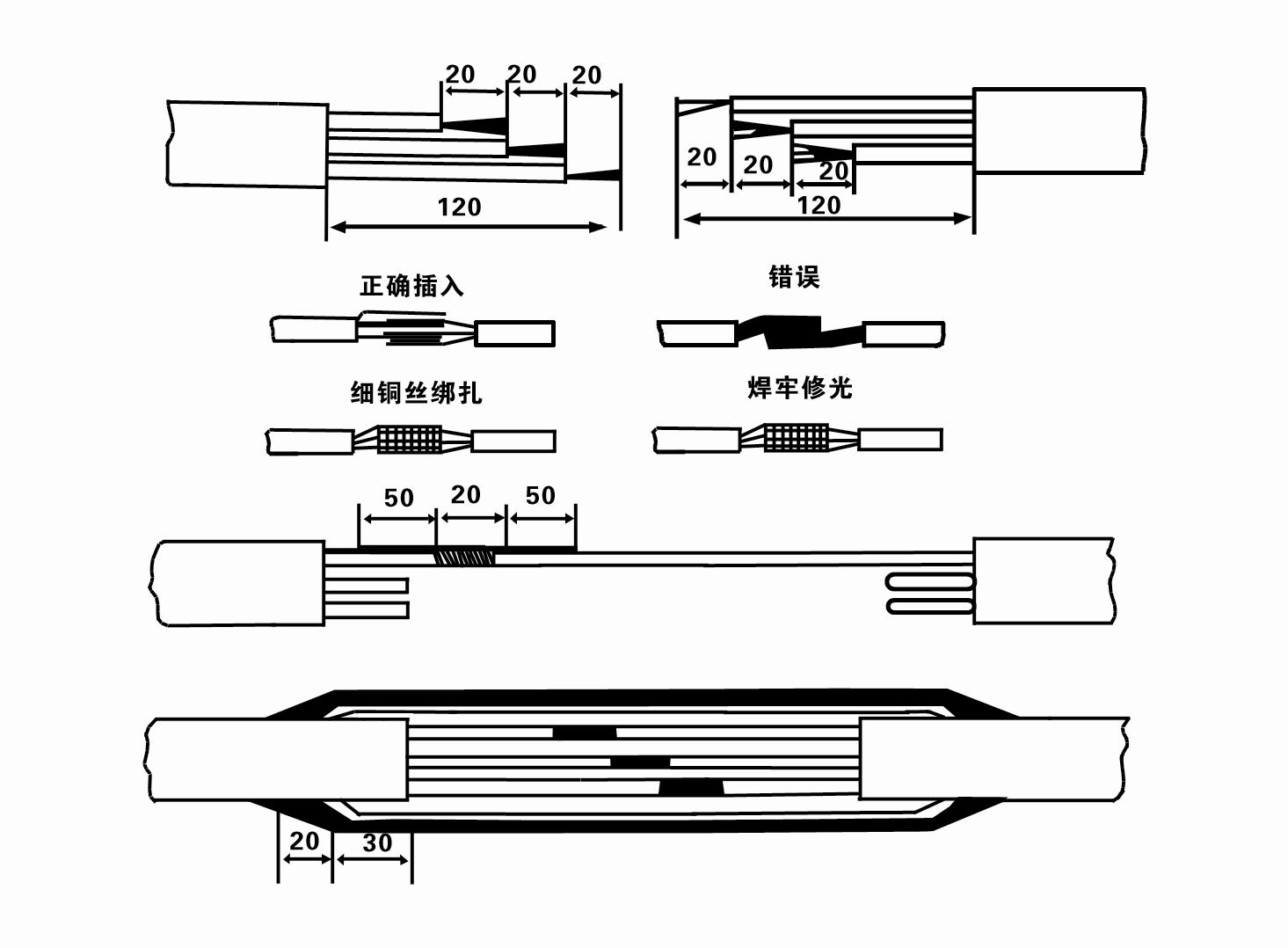Dec . 11, 2024 03:03 Back to list
how deep is a submersible well pump
Understanding Submersible Well Pumps Depth Considerations
Submersible well pumps are an essential component in the extraction of groundwater, commonly used in residential, agricultural, and industrial applications. These pumps are designed to operate while submerged in water, allowing for efficient and effective water delivery. One important aspect to consider when installing a submersible well pump is its depth capability—how deep can a submersible well pump go?
The Basics of Submersible Well Pumps
A submersible well pump consists of a hermetically sealed motor and a pump body. The design allows the pump to be submerged in water, which not only cools the motor but also provides a prime source of water for pumping. The operation of these pumps typically occurs at considerable depths, often ranging from 25 to over 1,000 feet below the surface, making them a popular choice for deep well applications.
Factors Influencing Pump Depth
1. Well Depth The first factor to consider is the total depth of the well. Submersible pumps are rated for specific depth ranges based on their design and intended use. Most residential submersible pumps can operate effectively in depths of 100 to 400 feet. However, for deeper wells, specialized pumps designed for higher pressure and longer lifting capabilities must be selected.
2. Water Table Level The dynamic water table level in the area where the well is located is crucial in determining how deep a pump must be installed. If the water table fluctuates seasonally or is impacted by drought, it is essential to account for the lowest expected water table level to avoid pump cavitation or failure.
3. Pump Capacity The capacity of the pump, measured in gallons per minute (GPM), is also an important consideration. Pumps with higher capacities may have different depth capabilities and may need to be adjusted depending on the volume of water that needs to be drawn.
how deep is a submersible well pump

4. Motor Power The horsepower (HP) of the motor affects its efficiency and capability at greater depths. Higher horsepower units can lift water from deeper sources more effectively, while lower horsepower motors may struggle beyond certain depths.
5. Type of Pump There are various types of submersible pumps, including those designed specifically for wells, sewage, or other applications. Each type likely has different depth limitations based on design and operational parameters.
Common Depth Ranges
On average, submersible well pumps are typically available in several depth ranges - Shallow Well Pumps These are intended for use in wells that are up to 25 feet deep and are usually less expensive with simpler designs. - Standard Submersible Pumps Designed for depths of 25 to 400 feet, these are commonly used in residential applications for household water supply. - Deep Well Pumps Available for depths exceeding 400 feet, these pumps are engineered for high pressure and can handle the challenges presented by deep aquifers.
Installation Considerations
When installing a submersible well pump, several factors must be taken into account, including the thickness of the well casing, the electrical supply for the motor, and the type of discharge piping used. Proper installation is crucial to ensure maximum efficiency and longevity of the pump. It is recommended to engage experienced professionals for installation to ensure compliance with local codes and best practices.
Conclusion
In summary, submersible well pumps are capable of reaching significant depths, with many commercial options suited for various applications. The depth at which a pump operates successfully is influenced by well depth, water table fluctuations, pump capacity, motor power, and the specific type of pump used. Understanding these elements is essential for selecting the right submersible pump for any given application. With the right choice and proper installation, these pumps can provide a reliable and efficient solution for accessing groundwater.
-
Submersible Water Pump: The Efficient 'Power Pioneer' of the Underwater World
NewsJul.01,2025
-
Submersible Pond Pump: The Hidden Guardian of Water Landscape Ecology
NewsJul.01,2025
-
Stainless Well Pump: A Reliable and Durable Pumping Main Force
NewsJul.01,2025
-
Stainless Steel Submersible Pump: An Efficient and Versatile Tool for Underwater Operations
NewsJul.01,2025
-
Deep Well Submersible Pump: An Efficient 'Sucker' of Groundwater Sources
NewsJul.01,2025
-
Deep Water Well Pump: An Efficient 'Sucker' of Groundwater Sources
NewsJul.01,2025
-
 Submersible Water Pump: The Efficient 'Power Pioneer' of the Underwater WorldIn the field of hydraulic equipment, the Submersible Water Pump has become the core equipment for underwater operations and water resource transportation due to its unique design and excellent performance.Detail
Submersible Water Pump: The Efficient 'Power Pioneer' of the Underwater WorldIn the field of hydraulic equipment, the Submersible Water Pump has become the core equipment for underwater operations and water resource transportation due to its unique design and excellent performance.Detail -
 Submersible Pond Pump: The Hidden Guardian of Water Landscape EcologyIn courtyard landscapes, ecological ponds, and even small-scale water conservancy projects, there is a silent yet indispensable equipment - the Submersible Pond Pump.Detail
Submersible Pond Pump: The Hidden Guardian of Water Landscape EcologyIn courtyard landscapes, ecological ponds, and even small-scale water conservancy projects, there is a silent yet indispensable equipment - the Submersible Pond Pump.Detail -
 Stainless Well Pump: A Reliable and Durable Pumping Main ForceIn the field of water resource transportation, Stainless Well Pump has become the core equipment for various pumping scenarios with its excellent performance and reliable quality.Detail
Stainless Well Pump: A Reliable and Durable Pumping Main ForceIn the field of water resource transportation, Stainless Well Pump has become the core equipment for various pumping scenarios with its excellent performance and reliable quality.Detail
